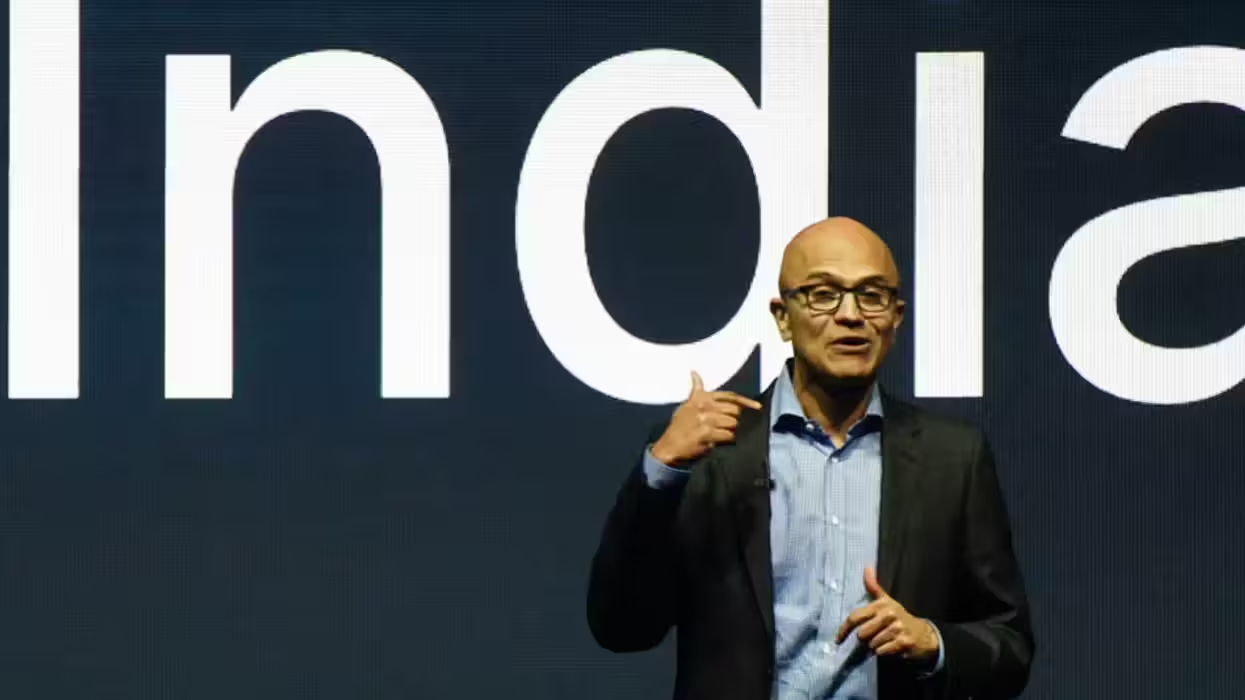© 2026 Blaze Media LLC. All rights reserved.
Real gross domestic product (GDP) increased at an annual rate of 3.1 percent in the third quarter (Q3) of 2012, up from Q2’s lackluster rate of 1.3 percent, according to the Commerce Department’s "third" and final estimate of the data.
GDP is a measurement of the value of a nation's total output of goods and services. This is the first time since Q4 2011 that we’ve had a 3 percent-plus print.
“The GDP estimate released today is based on more complete source data than were available for the ‘second’ estimate issued last month. In the second estimate, the increase in real GDP was 2.7 percent,” the agency said on a statement on Thursday.
“The third estimate has not greatly changed the general picture of the economy for the third quarter except that personal consumption expenditures (PCE) is now showing a modest pickup, and imports is now showing a downturn,” the statement adds.
And this is where we find out what spurred Q3 growth [emphases added]:
The acceleration in real GDP in the third quarter primarily reflected upturns in private inventory investment and in federal government spending, a downturn in imports [“which are a subtraction in the calculation of GDP”], an upturn in state and local government spending, and an acceleration in residential fixed investment that were partly offset by a downturn in nonresidential fixed investment and a deceleration in exports.
Get that? Nearly half of that 3.1 percent annual rate is because of government spending (0.74 percent) and inventories (0.73 percent)
 Courtesy Zero Hedge
Courtesy Zero Hedge
“Annualized Personal Consumption as a portion of the final number rose modestly from 0.99% to 1.12%, but still is well below the 1.42% in the first Q3 GDP estimate,” Zero Hedge notes.
Lastly, and this is crucial to note, fixed investment -- an important indicator of longer-term economic growth -- remain flat at 0.12 percent.
“In other words,” Zero Hedge explains, “in Q3 companies stubbornly refused to invest in capital investment … and will continue to do so as long as the Fed makes ‘investing’ in dividends and buybacks a more rewarding option.”
Follow Becket Adams (@BecketAdams) on Twitter
Featured image courtesy
Want to leave a tip?
We answer to you. Help keep our content free of advertisers and big tech censorship by leaving a tip today.
Want to join the conversation?
Already a subscriber?
more stories
Sign up for the Blaze newsletter
By signing up, you agree to our Privacy Policy and Terms of Use, and agree to receive content that may sometimes include advertisements. You may opt out at any time.
Related Content
© 2026 Blaze Media LLC. All rights reserved.
Get the stories that matter most delivered directly to your inbox.
By signing up, you agree to our Privacy Policy and Terms of Use, and agree to receive content that may sometimes include advertisements. You may opt out at any time.






